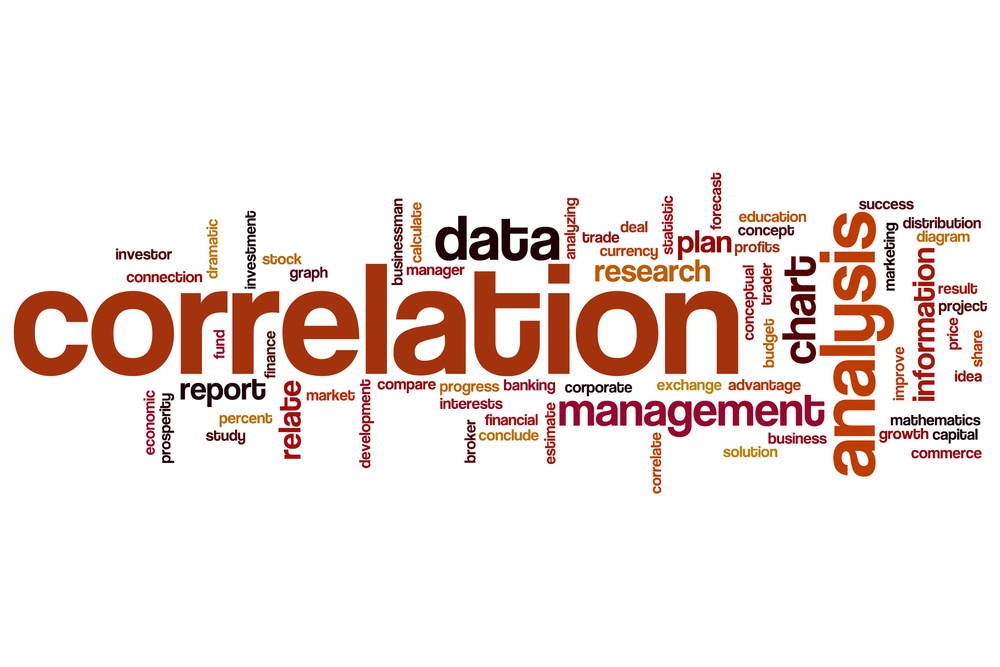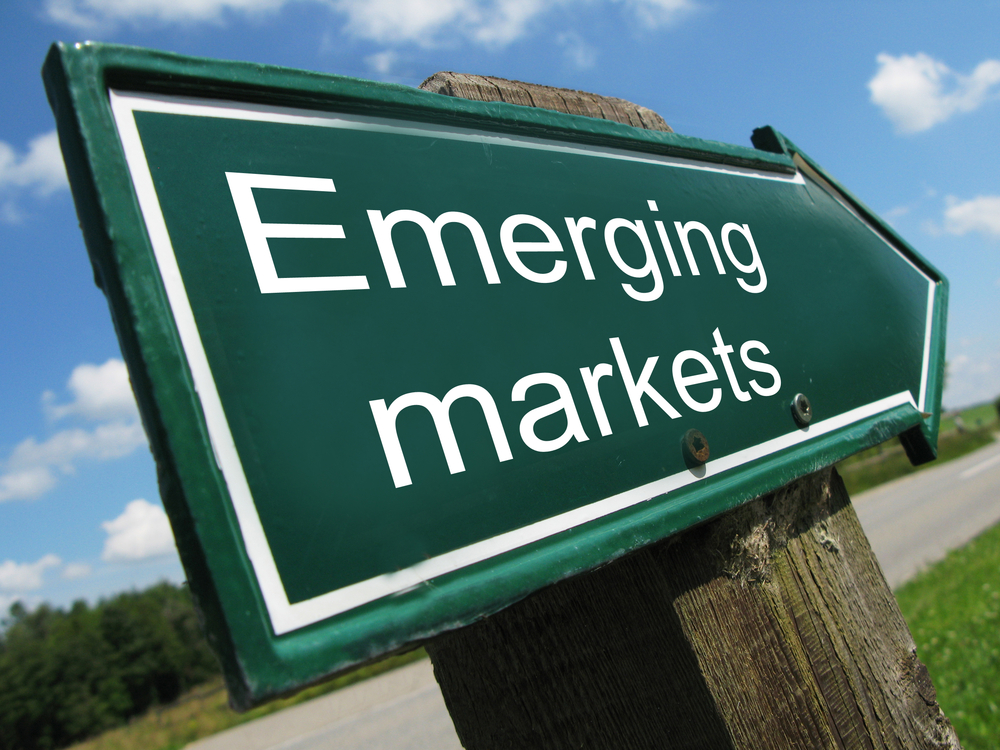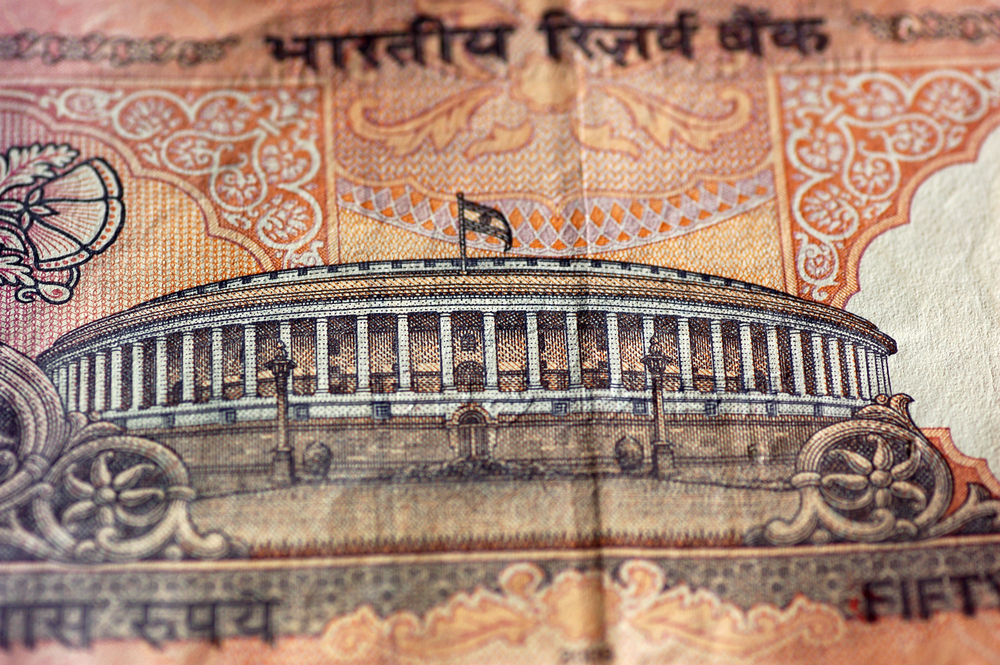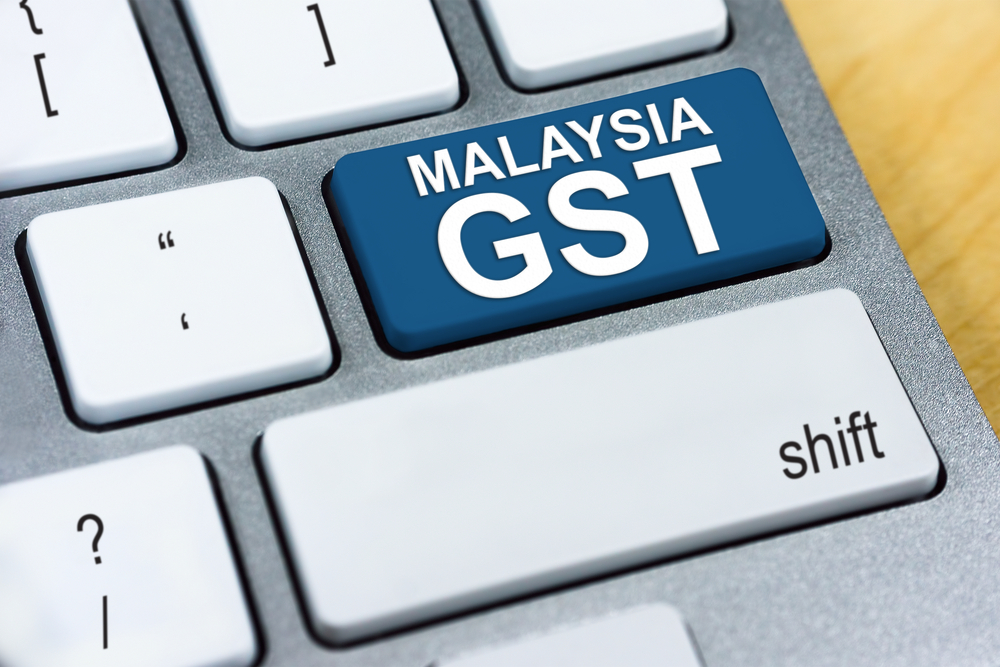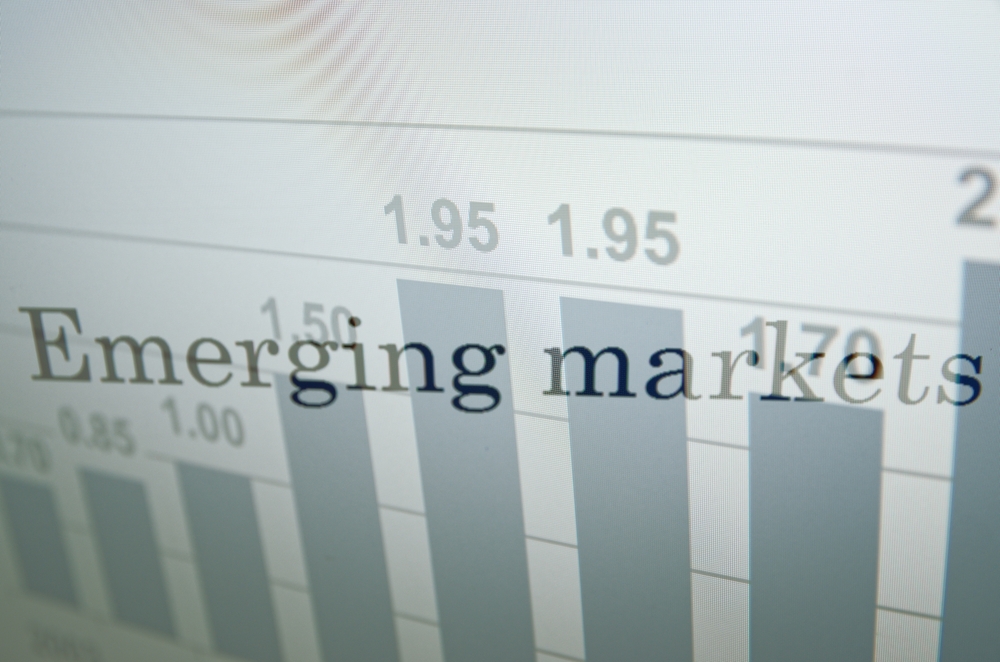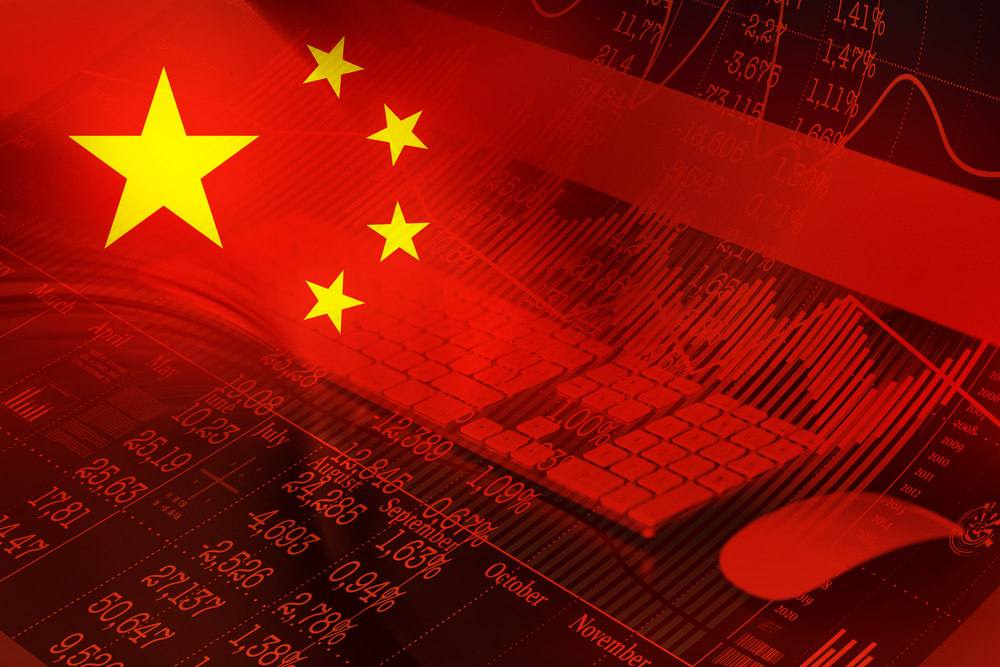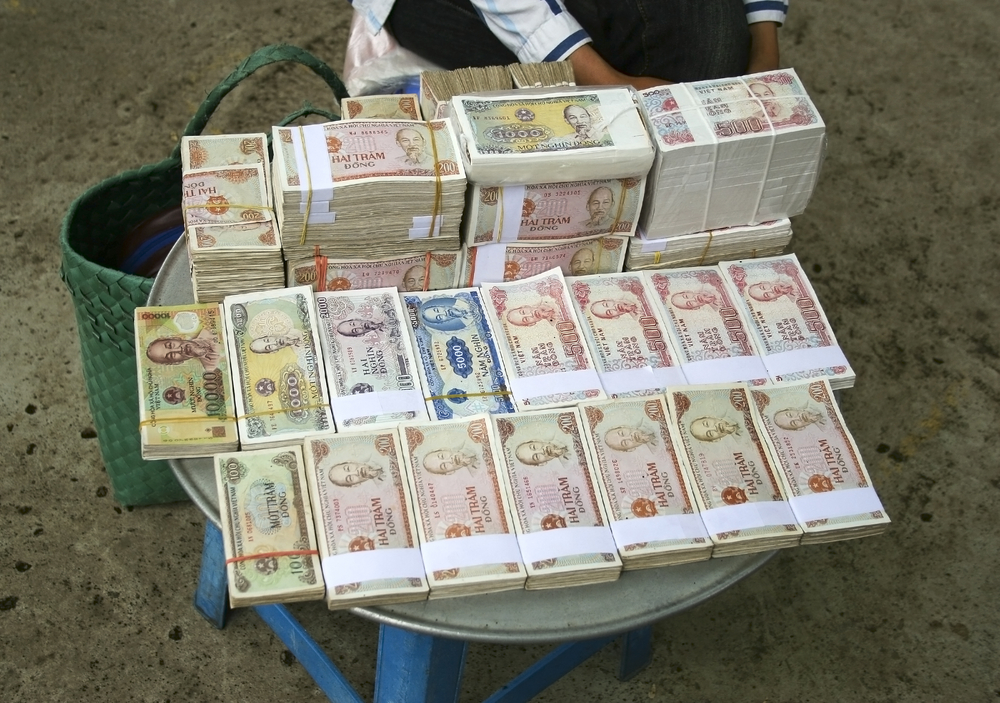The Chinese Equity Market is in the Emerging Markets’ Spotlight
EM ended last week on a sour note. The most important factor for global risk appetite has become China, with the Fed tightening cycle now on the back burner. Our base case remains that China muddles through, but policymakers there...
Don’t Hold on to the S&P 500-Oil Correlation
The US stock market and the oil market appear joined at the hip. The Great Graphic here, created on Bloomberg, shows the correlation of the two markets. It is near 0.77, which is the highest since September 2013. The correlation...
Look to Guandong for China’s Transformation
China’s southern province, Guangdong, is emerging as a globally important innovation zone and consumer market. It moves into the future as it builds a post-industrial society. The forces that once boosted Guangdong’s dramatic economic boom – industrialization, booming world trade,...
Emerging Market Highlights from Indonesia, Poland and Russia
1) The Hong Kong dollar posted its biggest two-day decline since 1992, 2) Bank Indonesia restarted its easing cycle, cutting rates for the first time since February 2015, 3) Poland’s current Monetary Policy Council (RPP) held its last policy meeting,...
India: The Year of Living Democratically
Last year was a high voltage year for Indian politics. Debates and deliberations across political and non-political arenas focused on the values and institutions forming the bedrock of Indian democracy. Questions of tolerance, secularity, the right to free speech and...
The Jury is Still Out on Abe’s Successes
Last year could be remembered as a glorious year for Japanese Prime Minister Shinzo Abe. As Abe ended 2014 with a surprise visit to Yasukuni Shrine, provoking harsh criticism from close neighbours, many anticipated that the most daunting task for...
What’s In Store for the Philippines Election Winner
The winner of the upcoming 2016 Philippine elections looks set to inherit an underwhelming legacy of lacklustre GDP growth and a shortage of infrastructure. Once again, government under-spending on projects, lower exports, outflow of portfolio investments and stagnant agricultural production...
China Casts a Wider Anti-Corruption Net
As China’s anti-corruption drive is expanding from the public and corporate sector to financial institutions, some argue that it is hurting economic growth. In reality, it is the rule of law that can ensure China’s resilient growth. As China’s anti-corruption...
India’s Modi May Have to Lower the Bar
In his first calendar year as Prime Minister of India, Narendra Modi focused on economics. Through high profile trips abroad and ambitious proposals at home, Modi maintained an air of energy and initiative, but the results were modest. Meantime, domestic...
Learning to Live with Less (Growth) in Malaysia
It has been a rather challenging year for the Malaysian economy. Political disruptions and economic shocks have rocked the nation. Prime Minister Najib Razak has been strenuously committed to undertaking fiscal reform. He has repeatedly stressed the importance of reducing...
Emerging Markets: Broad-based Weakness and Currency Overshoots
EM starts the week under broad-based pressure. We downplay reports of competitive devaluations under way because of China’s FX moves, however. Many in EM in experiencing negative terms of trade shocks, and so their currencies are expected to depreciate. We...
China’s Equity Market Form and Function
Developments in China seemed to overshadow other considerations as investors returned from the New Year. The offices were open and desks manned, yet many did not appear to be prepared to re-deploy resources. The lack of participation helps explain last...
Japan’s Abe Comes to the Aid of the Agricultural Sector
On 18 December 2015, the Abe administration announced details of the much-anticipated agriculture, forestry and fisheries-related supplementary budget. It contains a list of expenditure items designed to assist the agricultural sector to respond to the impact of the Trans-Pacific Partnership...
An Emerging Markets Status Update
1) Chinese policymakers introduced circuit-breakers for its equity markets on Monday, but then suspended them on Thursday, 2) PBOC finally fixed USD/CNY lower (albeit marginally) Friday after eight straight days of higher fixings, 3) Tensions have risen on the Korea...
Vietnam Hoping Function Follows Form
In architecture, there is a dictum that ‘form follows function’. The architect decides a building’s use and then designs the building for those purposes. In Vietnam’s process of economic reforms, the reverse is often the case — ‘function follows form’....


